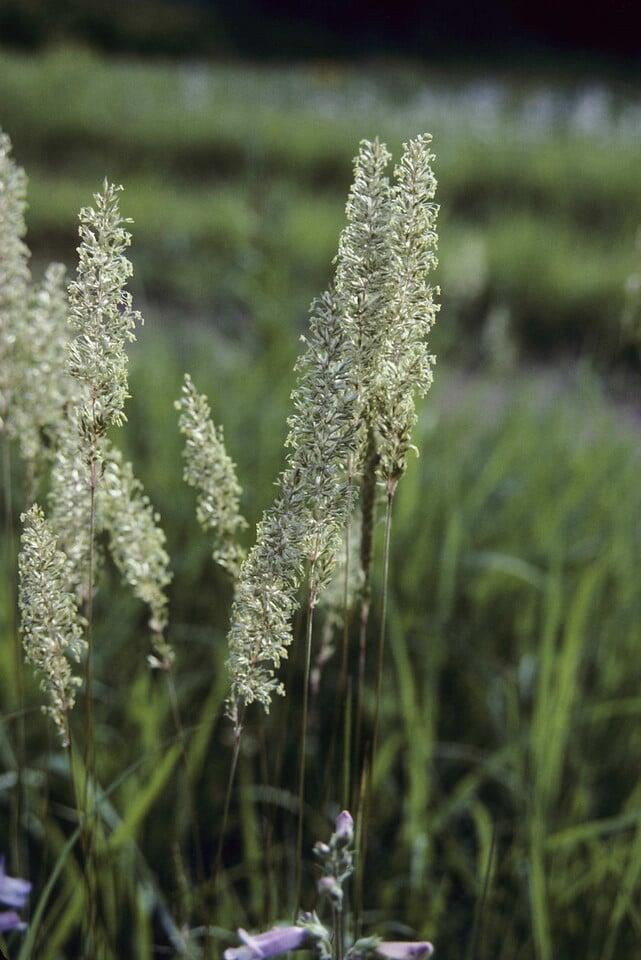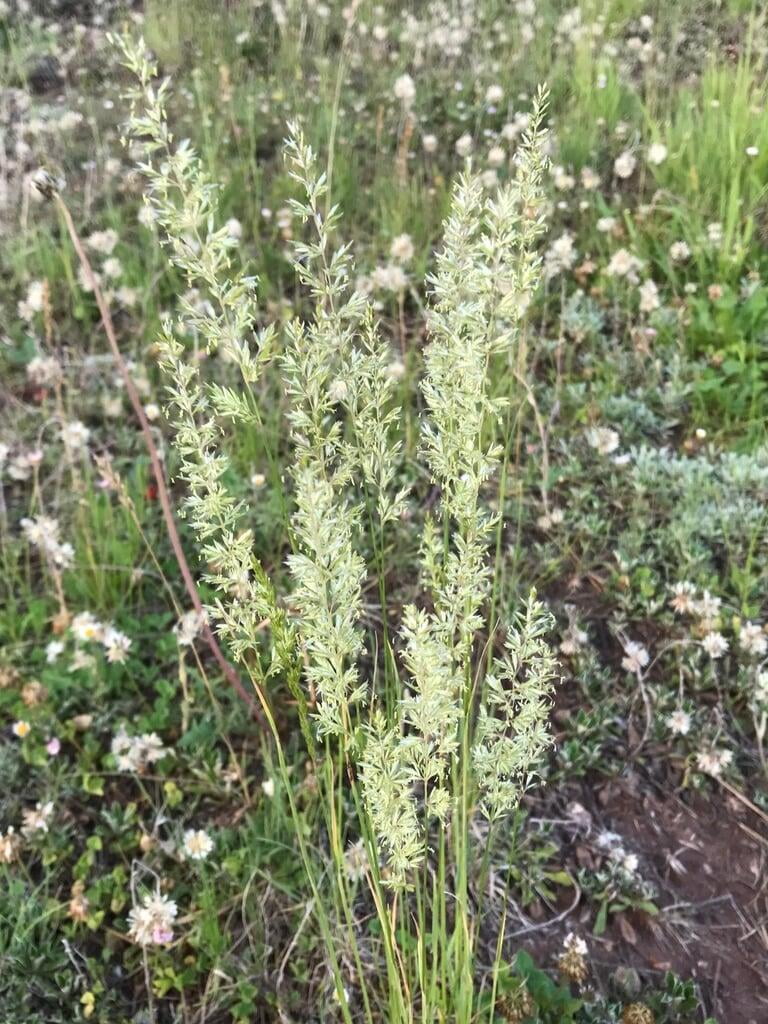Koeleria macrantha
June grass Description:
Koeleria macrantha, commonly known as prairie Junegrass, is a plant species in the grass family Poaceae that is native to North America. It is a perennial grass that typically grows in prairie habitats and is an important component of native grassland ecosystems.
Prairie Junegrass can reach heights of up to 20 inches and has slender, green leaves that are rolled or folded along the stem. It produces a dense cluster of flowers at the top of the stem, which typically appear in late spring or early summer.
As a cool-season grass, Koeleria macrantha typically grows in the spring and early summer, and it is an important source of forage for wildlife, including grazers like bison and pronghorns. It is also commonly used for landscaping purposes due to its attractive appearance and ability to thrive in a variety of soil types.
In addition to its ornamental and ecological value, prairie Junegrass is also useful for erosion control and can be an effective tool for stabilizing soil in areas prone to erosion. It is also drought-resistant and can be a valuable plant for areas with limited water resources.
Overall, Koeleria macrantha is an important native grass species for prairie ecosystems and has many valuable characteristics that make it a useful species for various purposes.
Native Range:
June grass is found in most parts of Minnesota. More broadly, June grass is found across the Western and central United States. Its range does extend into the Northeastern states as well.
Standard Plant Information:
Plant height: 10" - 20" inches
Bloom time: June
Preferred habitat: Does well in part shade to full sun and dry sandy or rocky soil. Often found in prairies, savannas, dunes, and open woods.
Sowing:
For most homeowners, the best option is to scatter seed on the ground by hand broadcasting at a minimum of 15-16 pls lbs per acre. For even coverage, we recommend that you broadcast seed in perpendicular rows across the site to ensure even coverage.
Planting:
Simply dig a hole in the soil slightly larger than the plant’s roots. Ensure that the soil line of the plant is maintained during the transfer (i.e. the plant should be at the same level with the ground as it was in the pot). Pack any loose dirt back around the plant and make sure you water it well the same day to ensure it has the best chance of survival.











